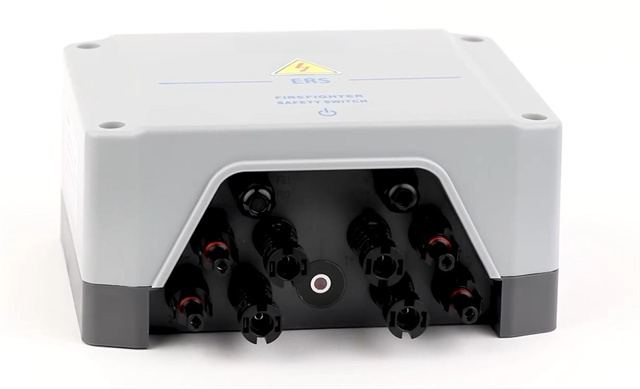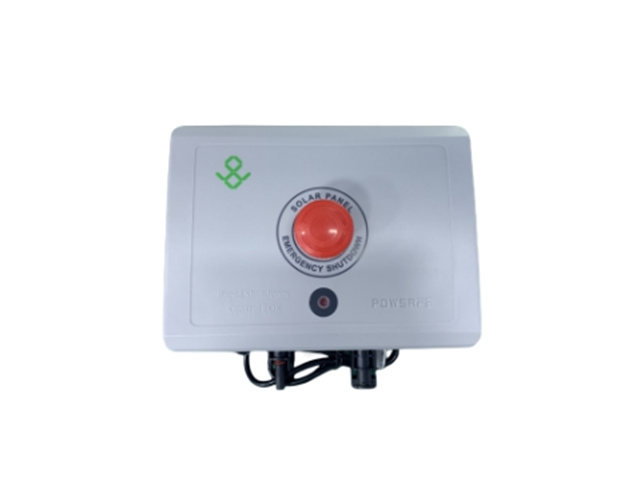Author:BLD Solar Energy SystemFROM:Solar System Converter Manufacturer TIME:2023-08-28
Product Applications of Rapid Shutdown Requirements in the Photovoltaic Industry

The rapid growth of the photovoltaic (PV) industry has led to increased focus on improving safety measures for solar installations. One critical aspect of ensuring safety in PV systems is the implementation of rapid shutdown requirements. These requirements are designed to protect firefighters and other emergency responders from potential electrical hazards during an emergency situation. In this article, we will explore the product applications of rapid shutdown requirements and their significance in the PV industry.

Rapid shutdown devices play a vital role in complying with the National Electrical Code (NEC) requirements for PV systems. These devices are installed at the module or array level and are responsible for cutting off the flow of DC power when a rapid shutdown signal is initiated. They ensure that no more than 30 volts of DC power is present within 10 seconds of activation, reducing the risk of electric shock during emergency scenarios. Various manufacturers offer a range of rapid shutdown devices, including roof-mounted shutdown switches, power line communication (PLC) transmitters and receivers, and module-level power electronics (MLPE) solutions.

The integration of rapid shutdown devices with PV systems is crucial for achieving enhanced safety. These devices should be seamlessly integrated into the overall system design, ensuring reliable operation and compliance with regulatory requirements. The use of MLPE solutions, such as module-level power optimizers or microinverters, can simplify the implementation of rapid shutdown requirements. These devices provide individual module-level shutdown capabilities, allowing for more flexibility and precise control over each module's power output. Additionally, PLC-based solutions enable communication between the rapid shutdown devices and the central control unit, ensuring quick and efficient shutdown of the system in case of an emergency.
The adoption of rapid shutdown requirements brings several benefits to the PV industry. Firstly, it provides increased safety for firefighters and first responders by minimizing the risks associated with live PV systems during emergencies. This facilitates a quicker and safer response in critical situations. Additionally, rapid shutdown devices can enhance system resilience by reducing the potential for electrical fire spread within the PV array. Moreover, compliance with rapid shutdown requirements enables PV system owners to qualify for certain incentives, grants, and insurance discounts, promoting their widespread adoption across the market.
In conclusion, rapid shutdown requirements are a critical aspect of ensuring safety in the photovoltaic industry. The availability of various rapid shutdown devices, their seamless integration with PV systems, and the associated benefits drive their market adoption. By prioritizing safety through the implementation of effective rapid shutdown solutions, the PV industry can continue its growth trajectory while minimizing the associated risks.
